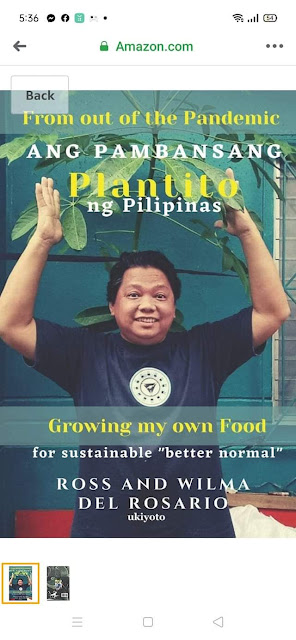Wazzup Pilipinas!?
A powerful convergence of minds and missions unfolded within the walls of the Asian Development Bank (ADB) headquarters in Manila as the Circular Economy Forum 2025 gathered policymakers, business leaders, environmental advocates, and technology innovators from across the Asia-Pacific region. With the theme centered around urgent action and circular innovation, the forum became a high-stakes arena to confront one of the region’s most pressing threats—plastic pollution.
A Region on the Brink
Asia and the Pacific stands at a critical crossroads. Of the ten rivers responsible for transporting the overwhelming majority—88% to 95%—of the world’s plastic waste into oceans, eight flow through Asia. The Philippines, alongside Indonesia, the People's Republic of China, Sri Lanka, Thailand, and Viet Nam, represents the frontline of this environmental crisis.
Unchecked, plastic pollution poses catastrophic consequences: poisoned waterways, dying marine life, compromised livelihoods for millions reliant on fishing and tourism, and rising health risks due to toxic microplastics entering food chains. The need for change has never been more urgent, and the 2025 Circular Economy Forum responded with a resounding call to action.
ADB’s Bold Blueprint: From Source to Sea
The forum marked the culmination of ADB’s regional technical assistance project: Promoting Action on Plastic Pollution from Source to Sea in Asia and the Pacific. This landmark initiative supported pioneering efforts in Indonesia, the Philippines, Thailand, and Viet Nam, delivering city-level action plans, digital innovations in plastic waste management, and roadmaps to systematize the plastic value chain.
Notably, the forum also commemorated the third anniversary of the Circular Economy Webinar Series, a key knowledge-sharing platform that helped galvanize momentum and expertise throughout the region. It was a celebration not of conclusion—but of ignition.
A Nexus of Innovation, Action, and Collaboration
Across two days, the forum lit up with electrifying keynote speeches, case studies spotlighting real-world progress, and thematic tracks that explored:
Enabling Conditions: Governance, financing, and policies needed to mainstream circular practices.
Digitalization and Innovation: Game-changing technologies and scalable models transforming waste management and production.
Digitalization of the Plastic Value Chain: How data, traceability, and smart systems can optimize plastic reuse, recycling, and reduction from the source.
International momentum was also reinforced through discussions surrounding the Global Plastics Treaty, a proposed multilateral agreement that aims to tackle the entire life cycle of plastics—from production to disposal.
Marketplace of Solutions
In an interactive highlight of the event, the Circular Economy Marketplace brought together entrepreneurs, small businesses, and solution providers that are pioneering upcycling, sustainable design, and plastic alternatives. From repurposed plastic crafts to AI-powered recycling platforms, the exhibit offered a glimpse into the future of commerce where waste is no longer an endpoint—but a resource.
Financing the Future: A Call for Scaled Investments
Despite Asia bearing the brunt of the plastic crisis, only 10% of global investments in plastic circularity between 2018 and 2023 were directed to the region—just $18 billion. The forum amplified calls for scaling private and public investments, urging financial institutions, governments, and global partners to match ambition with action.
A Unified Effort
The Circular Economy Forum 2025 was made possible through the synergy of partners including the ADB Environment Group, ADB Circular Economy Working Group, and support from the Global Environment Facility, High-Level Technology Fund (Japan), Japan Fund for Prosperous and Resilient Asia and the Pacific, and the Republic of Korea e-Asia and Knowledge Partnership Fund.
As the event concluded, one message rang loud and clear: plastic pollution is not just an environmental issue—it is a social, economic, and ethical one. Through circular economy principles—where resources are reused, redesigned, and regenerated—Asia and the Pacific can forge a more resilient, sustainable, and equitable future.
No Time to Waste, No Turning Back
The forum didn’t merely outline a vision. It ignited a movement. In the race against plastic pollution, every delay magnifies the cost to our planet and people. But with regional commitment, policy reforms, digital innovation, and investment in circular solutions, Asia stands poised to become a global leader in plastic circularity.
The Circular Economy Forum 2025 may have concluded—but the transformation it sparked has only just begun.





















 Ross is known as the Pambansang Blogger ng Pilipinas - An Information and Communication Technology (ICT) Professional by profession and a Social Media Evangelist by heart.
Ross is known as the Pambansang Blogger ng Pilipinas - An Information and Communication Technology (ICT) Professional by profession and a Social Media Evangelist by heart.






.jpg)





Post a Comment